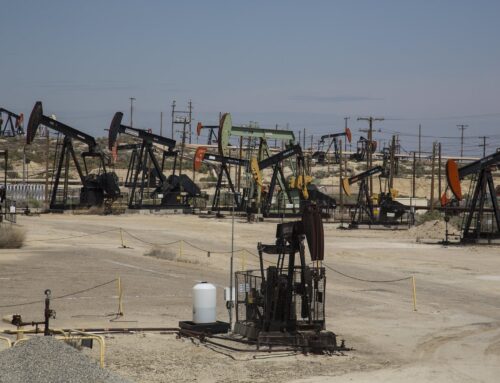On Thursday, October 6, the Department of the Interior (DOI) announced plans for two new oil and gas lease sales in the second quarter of 2023. These are the first federal onshore oil and gas lease sales scheduled for 2023. In total, the sales will offer over 261,200 acres of federal land in Kansas, Nebraska, New Mexico, and Wyoming.
The Bureau of Land Management (BLM), under the U.S. Department of the Interior (DOI), is responsible for managing 245 million acres of land and 700 million acres of subsurface mineral estate owned by the federal government. The BLM administers the federal oil and gas program, holding competitive auctions to make federal lands available to private bidders for oil and gas exploration and development.
In May 2023, the New Mexico office of Bureau and Land Management (BLM) will offer 26 parcels of land, or 6,844 acres, in Kansas, and 19 parcels, or 3,279 acres, in New Mexico. In total, the auction will offer 45 parcels containing over 10,000 acres of federal land.
In June 2023, the Wyoming office of Bureau and Land Management (BLM) will offer 1 parcel of land, or 40 acres, in Nebraska, and 208 parcels, or 251,047 acres, in Wyoming. In total, the auction will offer 209 parcels containing over 250,000 acres of federal land.
May 2023 Sale |
||
|---|---|---|
| Parcels | Acres | |
| Kansas | 26 | 6,844 |
| New Mexico | 19 | 3,279 |
TOTAL |
45 |
10,123 |
June 2023 Sale |
||
|---|---|---|
| Parcels | Acres | |
| Nebraska | 1 | 40 |
| Wyoming | 208 | 251,047 |
TOTAL |
209 |
251,087 |
These oil and gas lease sales will be the first to include the new onshore leasing reforms implemented by the FY 2022 budget reconciliation bill, often referred to as the Inflation Reduction Act (IRA). These reforms include increasing the onshore royalty rate, minimum bid, and rental rates, creating an expression of interest a fee, and eliminating noncompetitive leasing.
Although the leasing reforms included in the IRA are a positive step towards bringing onshore oil and gas leasing into the 21st century, there is still more to be done to ensure taxpayers get a fair return for these valuable resources. The updated 16.67% royalty rate is an improvement compared to the century-old 12.5% that taxpayers have been stuck with, but it still lags behind Texas, Colorado, and New Mexico, as well as federal offshore rates. The IRA also dropped provisions that would improve oil and gas bonding requirements. To guarantee the cleanup of oil and gas wells, which are potentially hazardous and environmentally harmful, oil and gas operators are required to submit bonds as a form of financial assurance. Current bond minimums were set in the 1950s and 60s and are egregiously outdated and fail to account for the high costs of reclaiming oil and gas wells now. To hold the oil and gas industry accountable and make producers pay for the messes they create, the bonding system for federal leases needs to be reformed.
To move forward with more oil and gas leasing on public lands without addressing these issues in the federal oil and gas leasing system means that taxpayers will continue to be shortchanged. While Congress took action and modernized some federal onshore fiscal rates and terms through several key provisions included in the Inflation Reduction Act, the administration must move forward with a rulemaking to implement these reforms and address where the IRA fell short. The new rule should bring the federal onshore oil and gas program into the 21st century and ensure a fair return to taxpayers for the valuable natural resources we all own.










